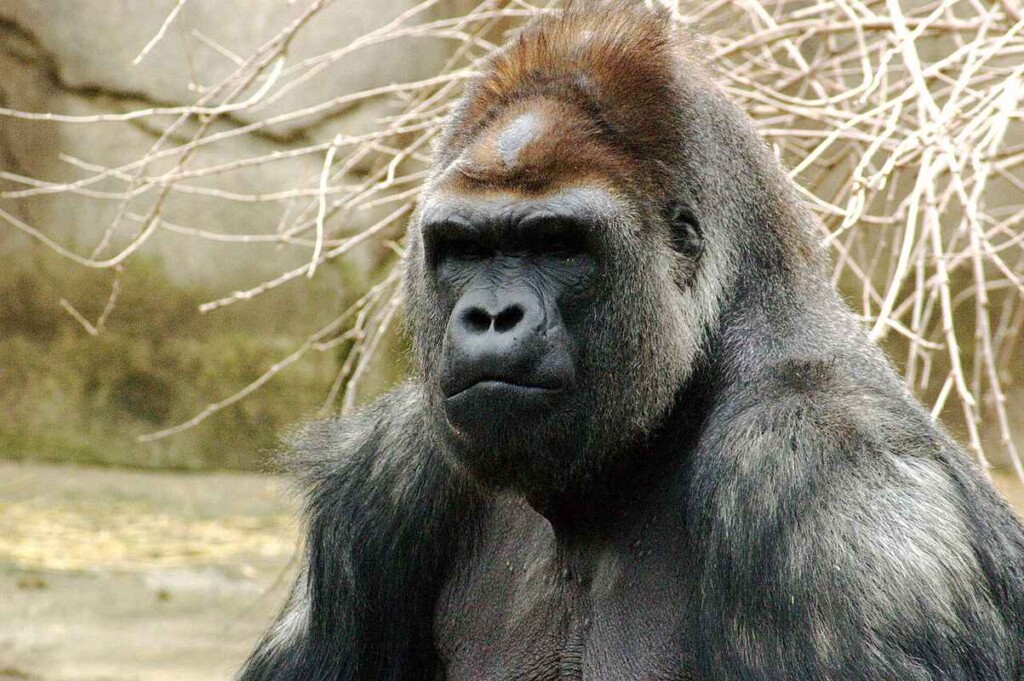
A gorilla’s chest beating is an incredible sight, and sound, to behold, but new research based on years of observation of mountain gorillas shows there’s much we never understood about this iconic acoustic.
Since people first went to see King Kong, or since gamers first met Donkey Kong from the Mario Bros franchise, most might say male gorillas beats their chests with their fists, and as a sign of challenge or triumph.
Apart from the fact that they use cupped hands, it seems to serve a number of functions—a challenge not necessarily being one of them.
Edward Wright, a primatologist at the Max Planck Institute, spent between 2014 and 2016 observing 500 chest beats from 25 different silverback mountain gorillas in Rwanda’s national parks.
Using acousitc monitoring equipment he and his colleagues determined that the chest thumping was an honest demonstration of body size. This hints at several organizational aspects of gorilla social life. The first is that larger animals were recorded at lower frequencies which could travel half a mile.
By beating their chests, air sacks underneath their larynx reverberate from the kinetic energy, producing a sound, and the bigger the male, the deeper the sound. This is believed to broadcast how big and dominant a male gorilla is as a means of keeping rival males away from their social group.
Furthermore, it’s believed that each thump may act as a calling card, with members of a dominant male’s group being able to identify the silverback from this sound.
CHECK THESE OUT: Monkeying Around? All 4 Types of Apes Have a Sense of Humor– Researchers Categorize Their Clowning in Video
The second aspect was that while sound depth and body size were correlated, body size and frequency of chest thumping instances did not—the dominant males didn’t pound their chest any more than their smaller rivals. This presented Dr. Wright and his colleagues with a fascinating suggestion—the chest thumping is used difuse fights, rather than provoking them.
Along with smaller males hearing the chest thumps of a dominant male and knowing to steer clear, by returning the sound with their own puny chest thumps, they can alert the dominant male to their presence while simultanously demonstrating they’re no match physically due to the higher frequency of their thumping sounds.
MORE INTERESTING ANIMAL BEHAVIOR: Bumblebees Share Knowledge Like Humans and Chimpanzees, Suggesting the Hive Mind Is More Personal
“Even if you’re likely to win a fight, there is still quite a high-risk factor,” Dr. Wright told National Geographic. “These are large, powerful animals that can do a lot of damage.”
How the chest thumps affect the female half of gorilla society is even less well-studied, but the scientists knew at the initiation of their observations that males beat their chest more when the females in their social group enter esterus, and that larger males make deeper calls which were both found to correlate to reproductive success.
Future studies will examine whether a large male’s chest beating can act as a siren’s song as it were, and pull females away from other social groups.
SHARE This Insight Into The Less-Gentle Side Of These Gentle Giants…




















